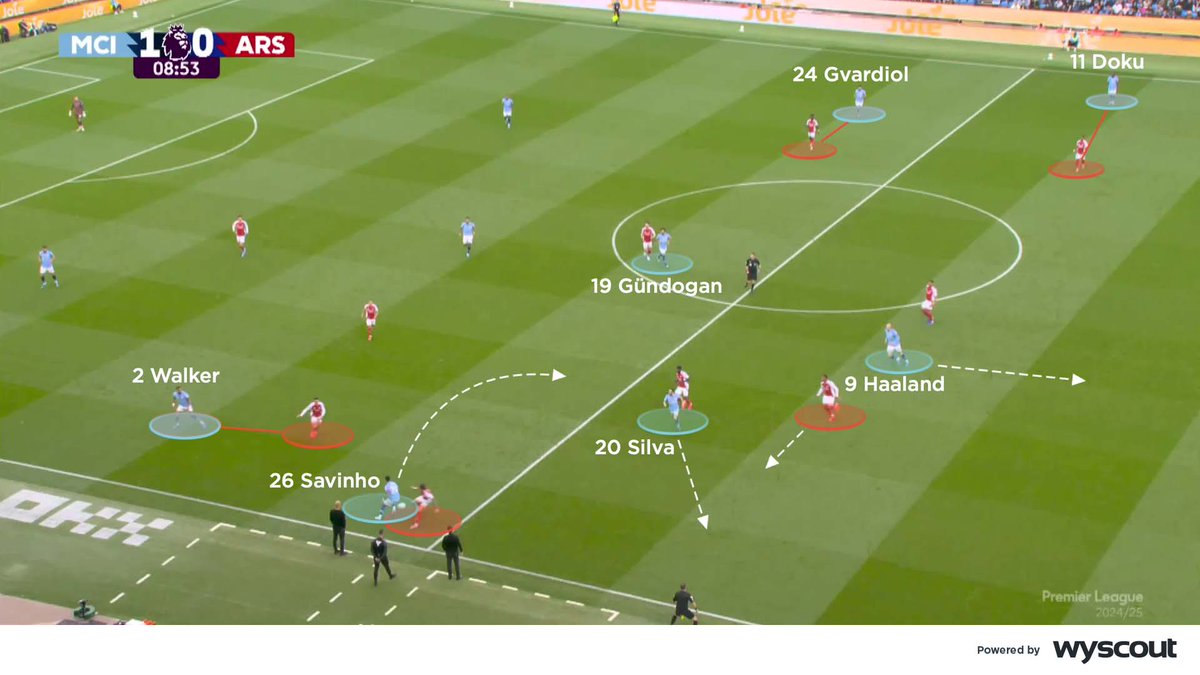🆕 Fresh analysis! 🙌 West Ham secured a vital victory over Chelsea, to the relief of the visitors’ top-four rivals. Our professional coaches assess what unfolded 👇
coachesvoice.com/west-ham-3-che… #WHUCHE
coachesvoice.com/west-ham-3-che… #WHUCHE
After starting with a 4-2-3-1 formation, West Ham reorganised into a more defensive 4-1-4-1 in which their wide players were forced to track Chelsea’s adventurous full-backs #WHUCHE 

David Moyes’ team sought to attack on the counter during the first half by encouraging Michail Antonio, supported by a teammate, to drift into the spaces behind Chelsea’s full-backs #WHUCHE 

Jarrod Bowen’s desire to remain in an attacking position, and the willingness of Chelsea’s defenders to advance, meant that West Ham often had the numbers to transitions into Chelsea’s half #WHUCHE 

Bowen’s positioning also meant Ryan Fredericks prioritising Marcos Alonso, and the dangerous Christian Pulisic being left to attack the hosts’ central defenders #WHUCHE 

Chelsea, organised into a 4-3-3, adapted to West Ham’s deepening defensive block with the width provided by Willian and Alonso, and the positioning of Mateo Kovacic #WHUCHE 

During the rarer periods they were forced to defend from a deep position, Chelsea’s attacking structure became a 4-2-3-1, from what had been their starting 4-3-3 #WHUCHE 

A lack of defensive balance demonstrated by Chelsea invited West Ham to attack them on the counter, but N’Golo Kanté largely addressed that imbalance #WHUCHE 

Kanté’s influence grew when he became the pivot at the base of Chelsea’s midfield, inviting them to commit increased numbers to their attacks #WHUCHE 

• • •
Missing some Tweet in this thread? You can try to
force a refresh
















